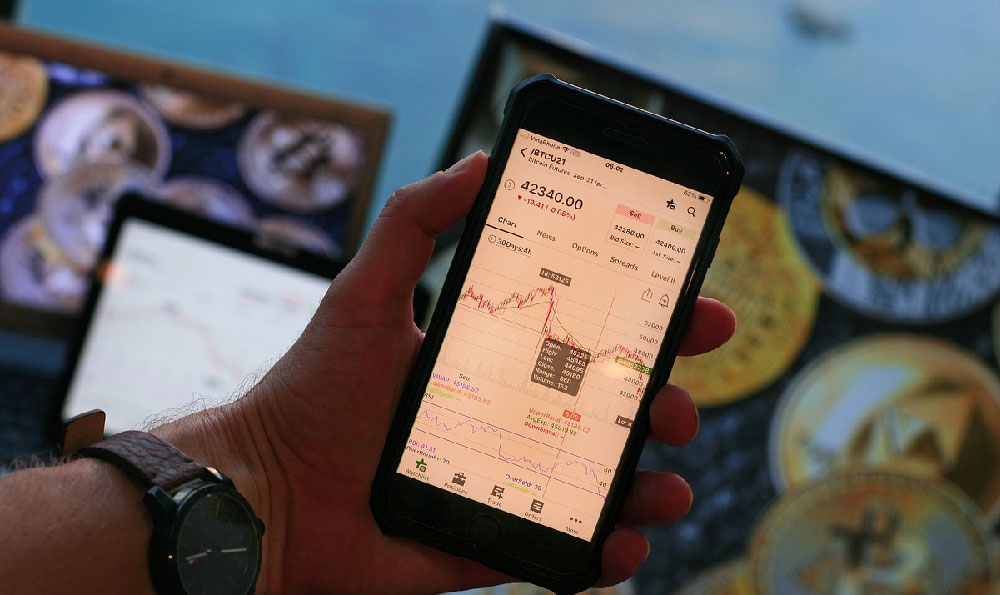How much can you earn with DoorDash?

DoorDash has become a cornerstone in the gig economy, offering a flexible avenue for individuals to monetize their delivery capabilities. As a platform that connects consumers with local restaurants, it operates on a dynamic model where earnings can vary significantly based on location, time, and market conditions. Understanding the nuances of this income stream requires a deeper analysis of the factors influencing earnings, the realities of the financial landscape, and the strategic approaches to maximize returns while mitigating risks.
For many, the appeal of DoorDash lies in its flexibility—drivers can choose their own schedules, work part-time or full-time, and often operate alongside other delivery platforms like Uber Eats or Instacart. However, the income potential is not one-size-fits-all. In high-demand urban centers such as New York City or San Francisco, where restaurant density is greater and consumer spending is robust, drivers can expect to earn more per order compared to rural areas or lower-density regions. For instance, a driver in Manhattan might secure an average of $12–$15 per delivery during peak hours, while someone in a smaller town might earn around $7–$10 for the same task. This disparity reflects the complexity of local market dynamics, where demand-supply imbalances, competition, and operational costs play critical roles.
The financial model of DoorDash is structured around a commission system, where the platform typically takes a 15–30% cut of each order. The remaining amount is distributed to the restaurant and the delivery rider, with the latter often receiving a variable percentage depending on the restaurant's commission rate and the rider's performance. For example, if a rider maintains a high rating and navigates deliveries efficiently, they may earn a larger share of the order value. Conversely, fluctuations in rider ratings or delays in delivery can reduce earnings, highlighting the importance of maintaining a consistent and timely service record. It’s also worth noting that the payment structure varies between states, with some offering higher minimum pay rates or better commission structures for drivers.

What separates DoorDash from traditional employment is its reliance on market forces. Drivers who operate in saturated markets may struggle to maintain a consistent income, as competition for orders increases. In contrast, areas experiencing a surge in local dining culture or a rise in online food orders can see significant growth in potential earnings. For instance, during the pandemic, DoorDash experienced a substantial increase in orders, allowing drivers to capitalize on higher demand. This phenomenon underscores the value of timing—drivers who can adapt to seasonal trends or economic shifts often find themselves in a more favorable position. However, the unpredictable nature of these trends means that reliance on short-term gains can be risky.
While the platform offers a lucrative opportunity, it’s essential to recognize the hidden costs that can impact profitability. Ride-sharing drivers must account for expenses such as vehicle maintenance, insurance, fuel costs, and potential wear and tear on their equipment. These factors can erode profits, especially during periods of low order volume. Additionally, drivers who use smartphones for tracking orders and navigating routes may face data and app-related costs. In some urban areas, parking fees or traffic-related delays can further reduce effective earnings, making it crucial for drivers to optimize their routes and consider the overall cost of doing business.
The income potential of DoorDash is also influenced by the driver’s ability to manage time and energy. Deliveries often require quick turnaround times, and drivers who can balance multiple orders efficiently tend to earn more. For example, a driver who can complete 5–6 deliveries per hour is likely to outperform someone who manages only 3–4 per hour. Time management is particularly important in regions with high competition, where delays can lead to missed opportunities. Riders must also account for rest periods and time spent on truck maintenance, ensuring that their work hours are both effective and sustainable.
The financial landscape of DoorDash is shaped by a combination of factors, including the availability of delivery options, the cost of food orders, and the platform's own financial health. During economic downturns or periods of reduced consumer spending, ride-sharing drivers may face a decline in income. However, the platform’s adaptability means it can adjust to changing conditions, potentially offering drivers new opportunities during unexpected surges. This interplay between stability and volatility also means that investing in DoorDash involves both short-term gains and long-term strategic planning.
In conclusion, the earnings from DoorDash are not merely a function of the platform’s popularity but a multifaceted outcome of local market conditions, competition, and the driver’s ability to manage these variables effectively. The platform’s flexible working model offers significant potential for income growth, but drivers must understand the intricacies of market dynamics, operational costs, and time management to succeed. With careful planning and an awareness of both opportunities and risks, DoorDash can serve as a valuable tool for achieving financial flexibility and growth. However, it is essential to remain adaptable and informed, ensuring that your income strategy aligns with the evolving financial landscape.















